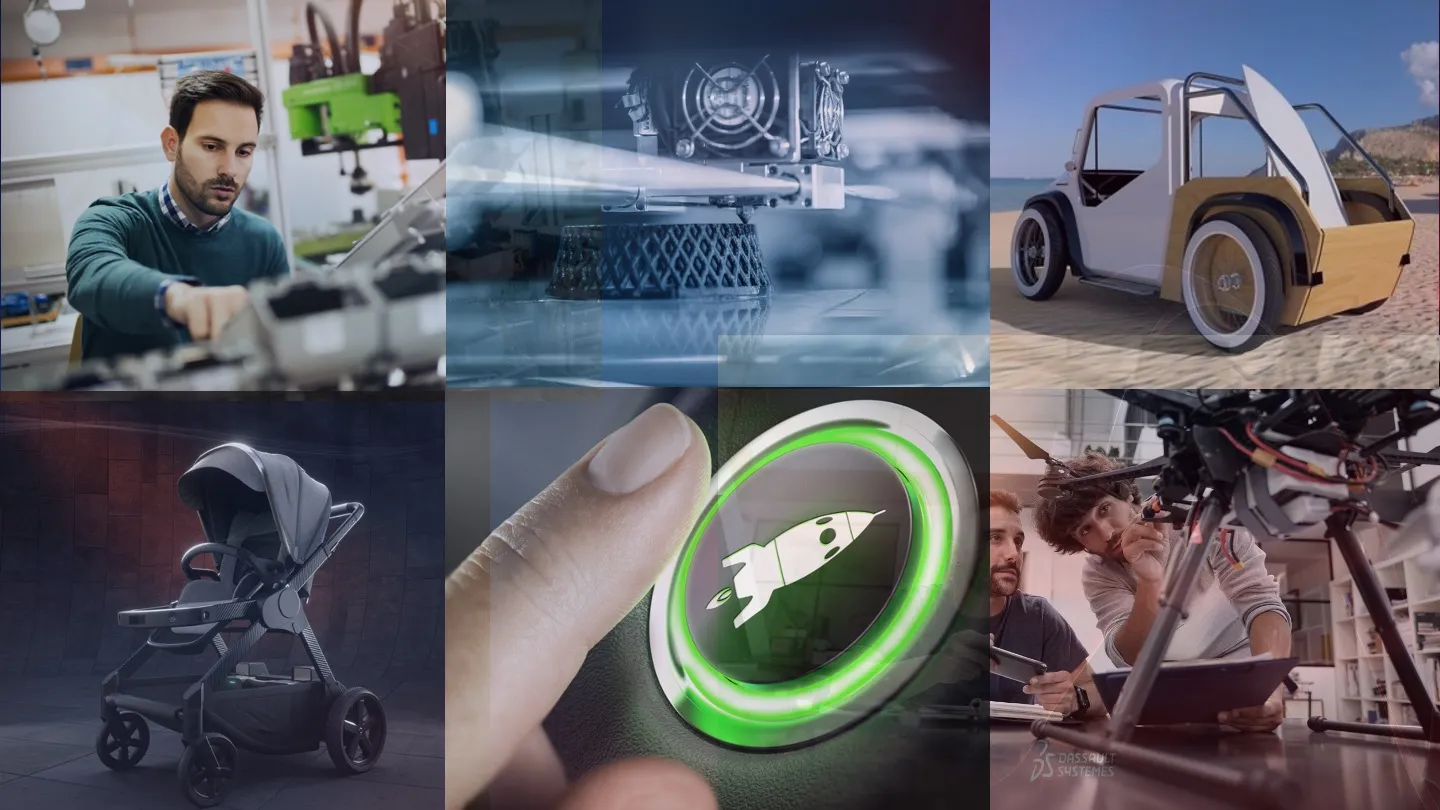8 Steps in the New Product Development Process
Getting a new product to market involves lots of moving parts. Let's break down the key steps for a startup business to go from initial idea to finished product.
Step 1: Idea Generation
Coming up with the right product idea sets the foundation for the entire process of new product development. Your product team, marketing team, and engineers should all be involved in this ideation phase to ensure alignment with your target market. Together, they bring different perspectives on what's possible and what customers want.
To generate ideas, start by setting up brainstorming sessions with your team. Research your market with tools like Google Trends and social media monitoring, and set up customer interviews and surveys. Keep notes so your team can build on each other's ideas.
Step 2: Idea Screening
Screening helps you avoid wasting time and money on ideas that won't work. This step typically involves your product team, business development team, and technical leads, and the goal is to narrow down your options to the most promising opportunities.
Create a scoring system to rate each idea based on factors like technical feasibility, market size, and alignment with your capabilities. The RICE method, which prioritizes ideas based on Reach, Impact, Confidence, and Effort, is one popular framework. Score each idea and choose the one that ranks highest.
Step 3: Concept Development
In concept development, you turn your chosen idea into something more concrete that you can show to others. Your product designers and engineers take the lead here, working closely with the product manager to define key features and specifications.
Start by creating product requirements documents (PRDs) and sketching out your ideas. Today’s computer-aided design (CAD) tools even make digital prototyping possible, so you can easily test key concepts before you get too far in the new product development process. Build a presentation deck that explains your product concept to potential customers and investors. Be sure to detail any competitive advantages your product will have over existing products.
Step 4: Business Analysis
New product development is an exciting, creative time in your company. But you can’t forget about the business side: The analysis phase helps you figure out if your product can make money and how much funding you will need to bring it to market successfully.
Start by mapping out your financial projections, including costs, pricing strategy, and expected revenue. Then, build a detailed product budget that accounts for development, manufacturing, marketing, and overhead. Pull everything into a business plan that outlines the steps for a successful product launch and how you'll bring your product to market effectively, including your marketing strategy.
Step 5: Initial Design and Prototyping
Now comes the part that many entrepreneurs look forward to the most: This stage of new product development turns your concept into something real. It’s time to create detailed designs and build working prototypes.
Start with 3D CAD software to create working product designs and run simulations to test how your product will perform. Then build physical prototypes to test different materials and components. Keep detailed documentation so your team can track changes.
Step 6: Validation and Testing
Testing helps you refine your concept into a viable product and measure success using defined metrics to ensure it works properly and safely in the real world. This phase helps you catch problems, improve the user experience, and make sure your product lives up to customer expectations.
You’ll need to set up a testing space and create plans that cover functionality, durability, safety, and user experience. Put your product through its paces with environmental testing and get real users to try it out. Track all your results and make improvements based on what you learn.
Step 7: Commercialization
It’s finally time to start making and selling your product. This is where all your planning and new product development work turns into a real business that makes money.
To produce your product, line up your manufacturing and supply chain and set up quality control checks. On the sales side, get your marketing materials and website ready, create your product documentation, and train up your team. Once everything's in place, you're ready to launch.
Step 8: Lifecycle Management
You might think the lifecycle of new product development is complete, but it’s actually ongoing for the entire time the product is on the shelves. Product lifecycle management (PLM) keeps your product competitive and profitable over time.
Track product performance, sales data, and customer feedback using analytics tools and CRM systems. Plan and implement product improvements and updates in regular iterations based on customer feedback and performance data. Manage your product documentation and revision control. Monitor costs and look for ways to improve efficiency. Keep an eye on market trends, competition, and the performance of existing products to guide your strategy. Plan for future versions or product retirement when needed.

